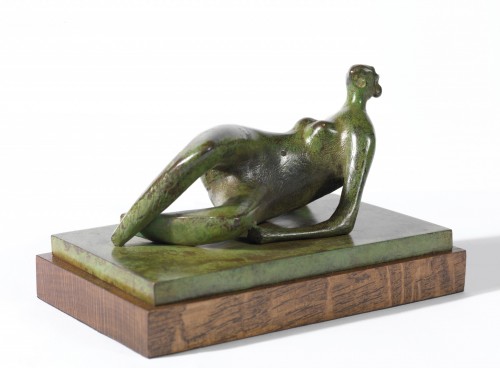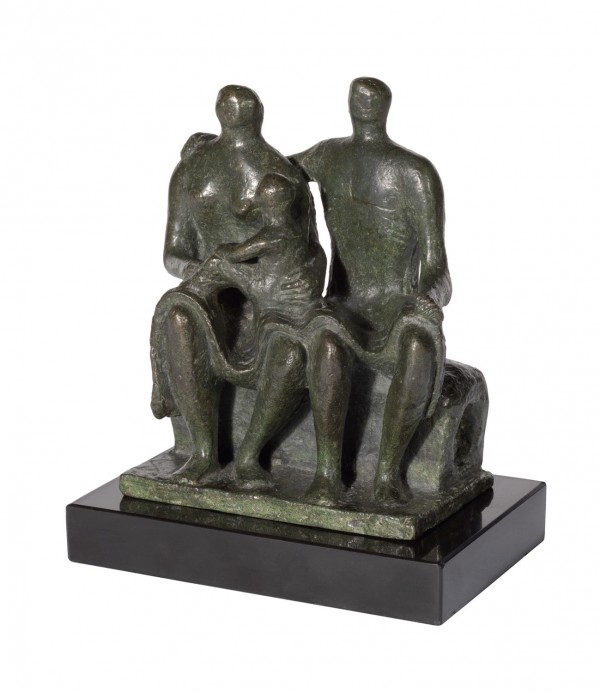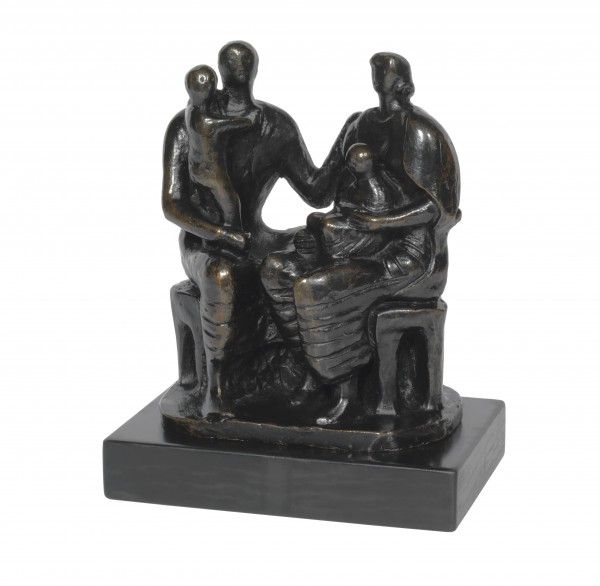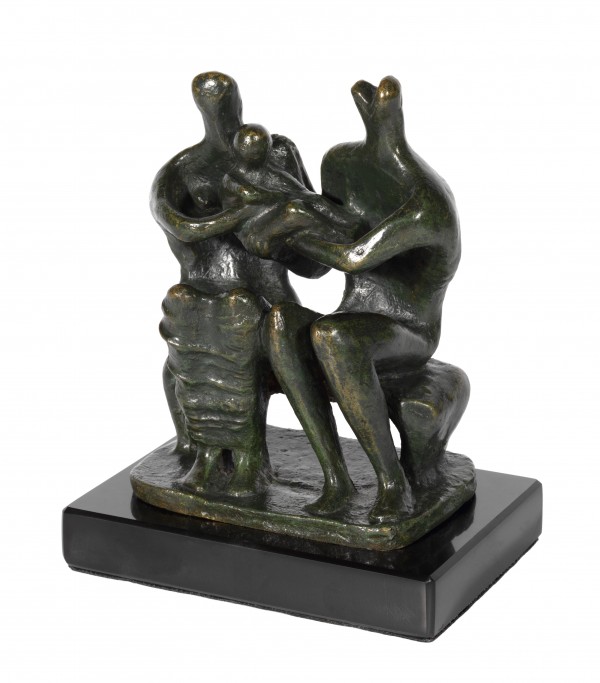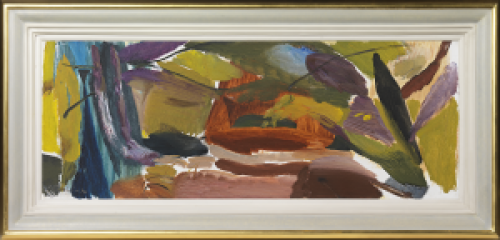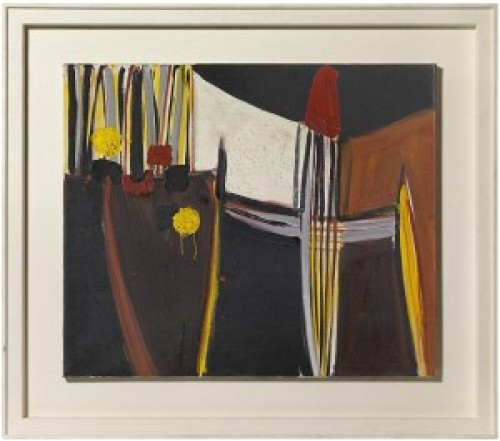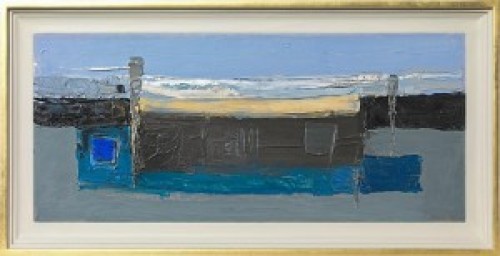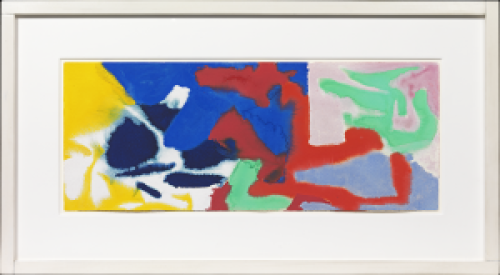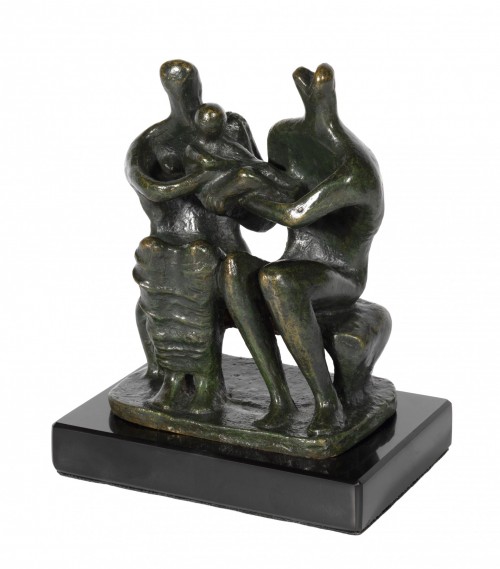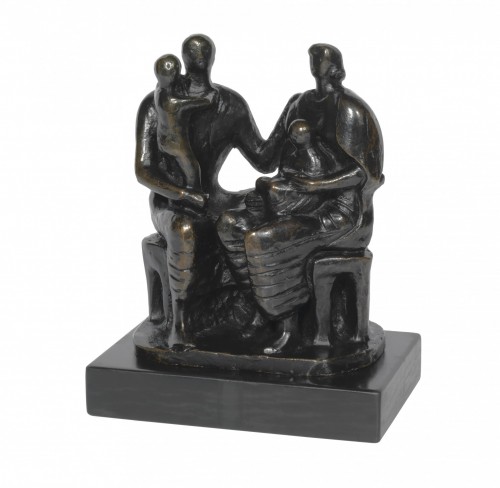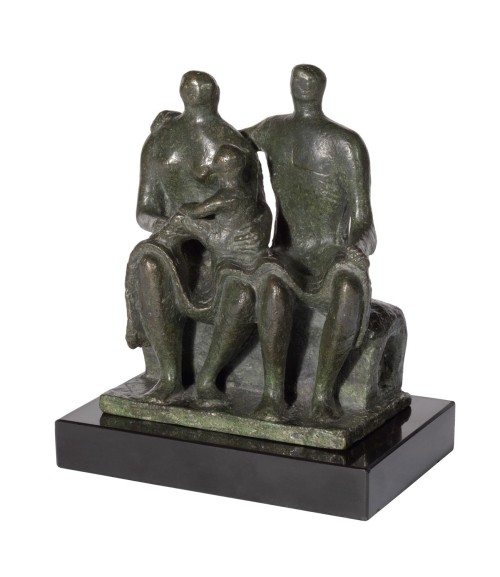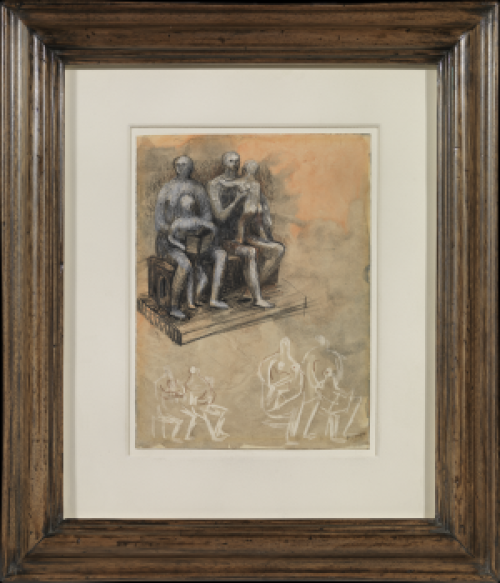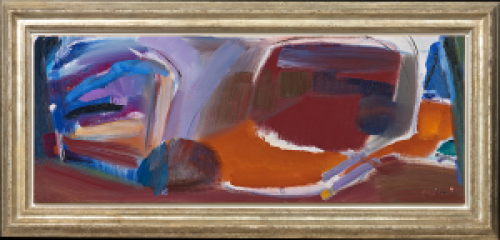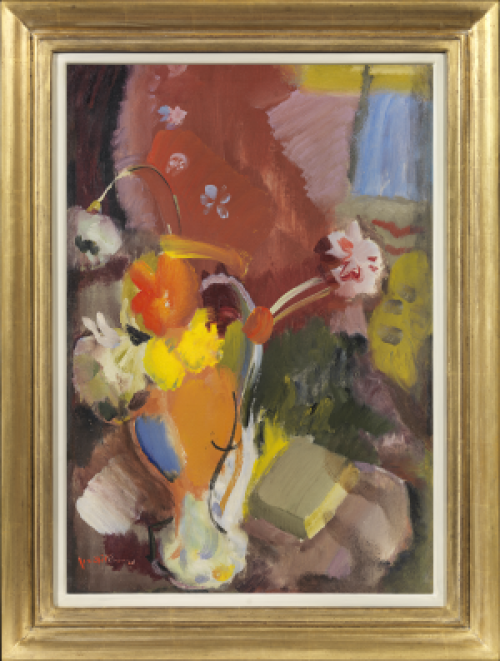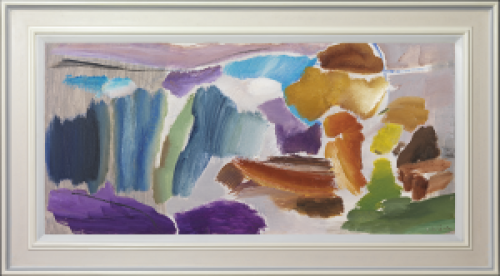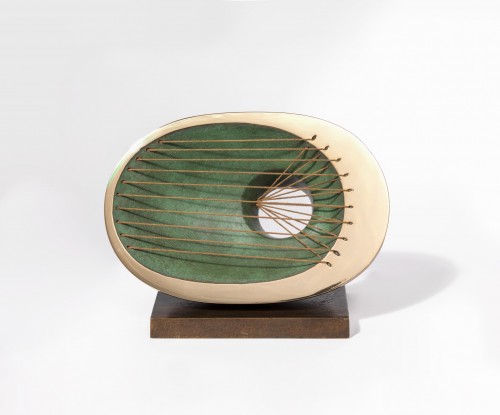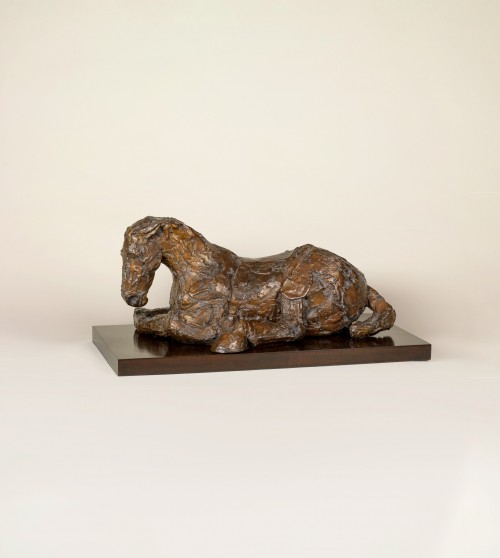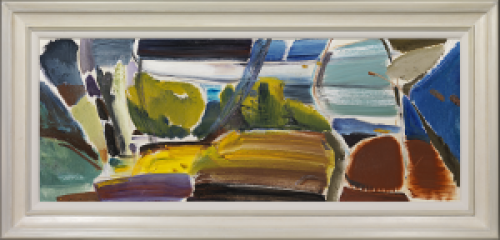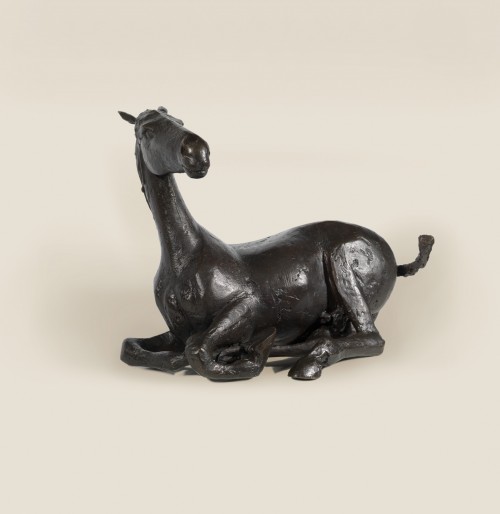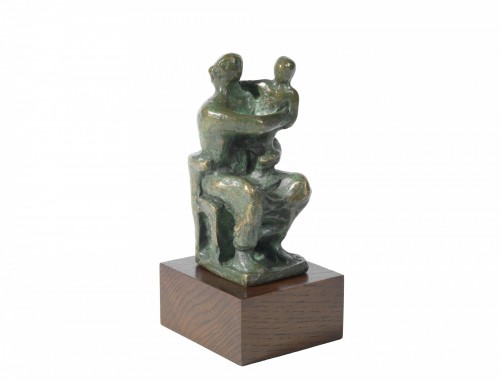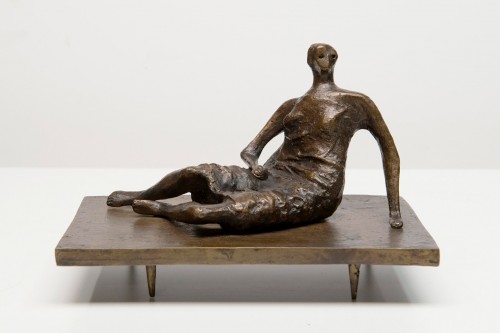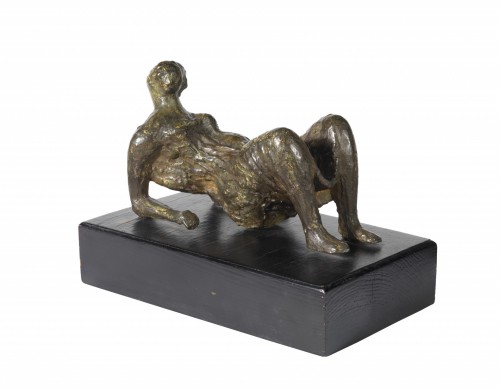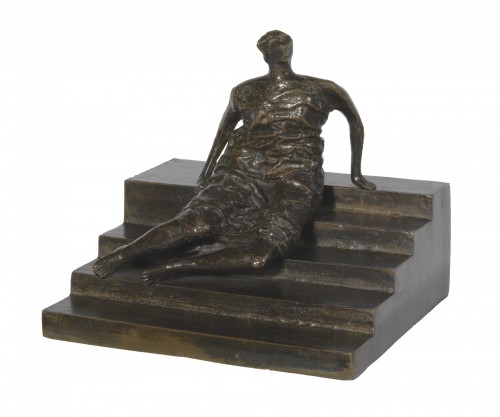HENRY MOORE
Castleford 1898 - 1986 Much Hadham
Ref: BR 51
Reclining nude: Crossed feet
Signed and numbered on the base: Moore 9/9
Bronze with green and brown patina: 3 ½ x 6 ¼ x 3 ½ in / 8.9 x 15.9 x 8.9 cm
On a wooden base: ¾ x 6 ⅝ in / 1.9 x 16.8 cm
Conceived and cast in 1980 at Fiorini in a numbered edition of 9+1
LH 788
Provenance:
Philip and Muriel Berman, Allentown, Pennsylvania, acquired directly from the artist, April 1981
Sale, Sotheby’s, New York, 5th November 2004, lot 280
Private collection, acquired from the above
Exhibited:
Collegeville, Pennsylvania, Ursinus College, Philip and Muriel Berman Museum of Art, Henry Moore Relationships, Drawings, Prints and Sculpture from the Muriel and Philip Berman Collection, 1993-1994
Philadelphia Museum of Art, Henry Moore, A Centennial Salute, An Exhibition in Celebration of Philip I. Berman, July – November 1998, no. 18, illus. p.30
Literature:
Alan Bowness (ed.), Henry Moore, Complete Sculpture, 1980-86, Vol. 6, Lund Humphries, London, 1988, p.37, no. 788, another cast illus. p.36
‘From the very beginning the reclining figure has been my main theme. The first one I made was around 1924, and probably more than half of my sculptures since then have been reclining figures.’[1]
Moore’s enthusiasm for the reclining figure continued amidst a sequence of new themes throughout his career, allowing him to pursue unexpected formal possibilities: ‘I want to be quite free of having to find a ‘reason’ for doing the Reclining Figures, and freer still of having to find a ‘meaning’ for them. The vital thing for an artist is to have a subject that allows to try out all kinds of formal ideas – things that he doesn’t yet know about for certain but wants to experiment with, as Cézanne did in his ‘Bathers’ series. In my case the reclining figure provides
chances of that sort. The subject-matter is given. It’s settled for you, and you know it and like it, so that within it, within the subject that you’ve done a dozen times before, you are free to invent a completely new form-idea.’[2]
The seventh child of Raymond Spencer and Mary Moore, Henry was born in Castleford, Yorkshire in 1898. His paternal great-grandfather was of Irish origin, but his father and grandfather were born in Yorkshire where, for two or three generations, they worked the land or went down the mines. At the age of twelve Moore obtained a grant to study at the Grammar School in Castleford where he was inspired by his art teacher to pursue a career in the arts. In 1916 he began to teach, but by February 1917 he had joined the army and left to fight in France. After being wounded in action in November 1917 at the battle of Cambrai, Moore was excused from active service. He returned to England, where he became a physical education instructor in the army. At the end of the war, Moore received a veteran’s grant to study at Leeds School of Art and in 1921 he joined a course at the Royal College of Art in London. A further grant enabled him to travel extensively from 1925, visiting Rome, Florence, Venice, Ravenna and Paris, where he met Picasso, Giacometti, Ernst, Eluard and Breton among others.
On returning from his travels Moore was appointed Professor of Sculpture at the Royal College of Art where he worked two days a week until 1931, as well as teaching at the Chelsea School of Art until 1939. He was appointed an Official War Artist during the Second World War from 1940–1942 for which he made a series of drawings of people sheltering in the London Underground, as well as studies of miners at the coal face. In these pictures he frequently used watercolour over wax crayon. After the war Moore enjoyed a great deal of success, with his works receiving critical acclaim all around the world. He executed many major commissions for museums, public institutions, private collectors and municipal buildings and as a result he became one of the most famous British artists of the twentieth century.
At the beginning of the 1970s Moore created a foundation, the aim of which was to promote public awareness of sculpture and to protect his own work for the future. Located in his home village of Much Hadham, Hertfordshire, the foundation houses a library, archives and a collection of drawings, prints, maquettes and sculptures by the artist. Heavily influenced by the work of Michelangelo, Moore created monumental works in marble, stone and bronze and was enthralled by the theme of the family, and in particular the mother and child. His unique oeuvre draws inspiration from prehistoric, archaic, Egyptian, African, Mexican and Roman sculpture. Throughout his career he was noted for his output of graphic art – drawings, watercolours, etchings and lithographs which were not necessarily related to individual sculptures.
[1] The artist cited in J. Hedgecoe and H. Moore, Henry Spencer Moore, Simon and Schuster, New York, 1968, p.151.
[2] The artist cited in John Russell, Henry Moore, Allen Lane, The Penguin Press, London 1968, p.28.

